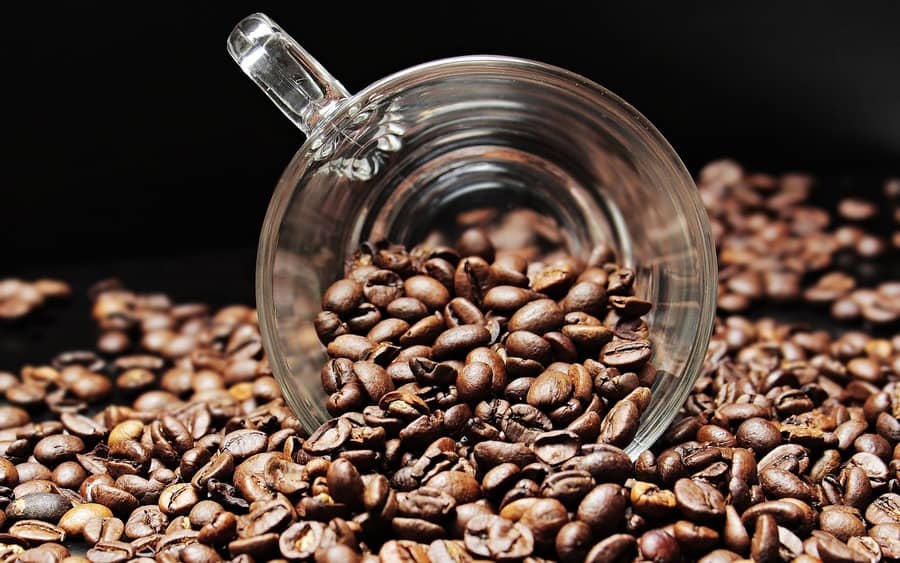The coffee market has entered a “downward inertia” mode. It even tries some recovery but remains without the strength to sustain gains. It cannot get rid of bearish influences and, therefore, ends up maintaining the negative bias, even if less significant. The reasons for the recent losses have already been largely assimilated by the market: the expectation of a full 2023 Brazilian crop, reinforced by the change in the weather pattern; shorter and slower demand, reflecting signs of a slowdown in the world economy in 2023; and, finally, the arrival of other origins in the market, bringing more tranquility to supply and facilitating the strategy of global industries to extend stocks waiting for the next Brazilian crop. But although there is nothing new that justifies more intense losses, there is no factor either that might serve as a trigger for a change in direction. So, the market maintains a negative slope.
The price of arabica coffee traded in New York has already dropped 24% since the end of September. And the price curve must continue to be linked to the development of Brazil’s 2023 arabica crop. After blossoming and post-blossoming, now the attention turns to the period of grain filling early next year, while monitoring the next cold season. Anyway, there is still a lot to happen until the next crop arrives. But so far, the signs have been quite favorable, which puts negative pressure on prices.
You can question the speed and intensity of losses, which can make room for small adjustments. But to change the downtrend, you need some negative news on the production side. Otherwise, the market must remain vulnerable to financial volatility and short-term adjustments. But the determinant continues to be production and is focused on the next Brazilian crop.
In any case, it seems that the most significant price adjustment has already taken place, which indicates that the biggest scare for growers is gone. It is natural that the approach of the new crop in Brazil and confirmation of a larger supply will have a negative influence on prices. But this movement tends to be slower and not as linear as has been observed in recent weeks.

